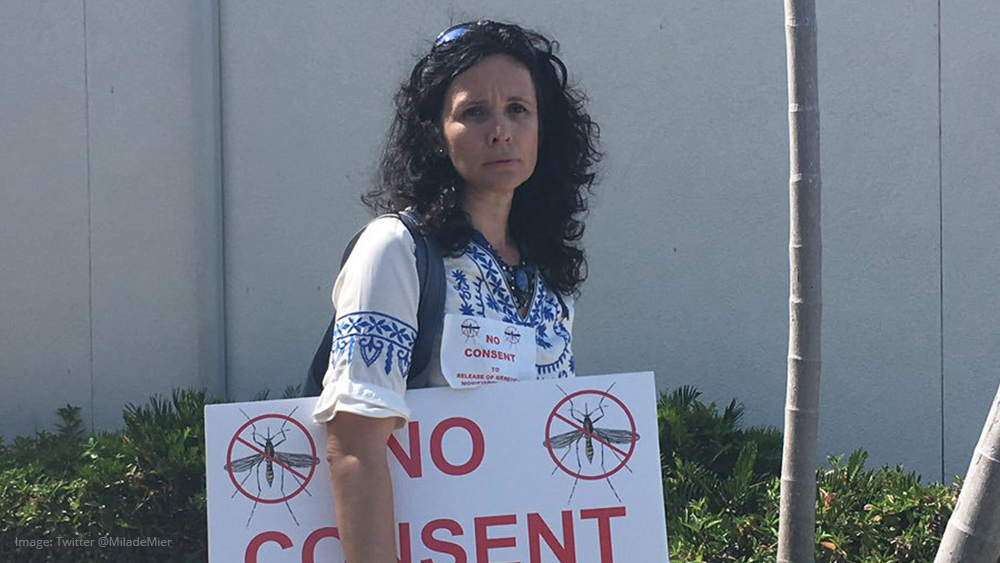Buzzfeed, a Left-wing entertainment company loves to promote feel-good stories and other such tripe. Their recently published story about how the average American woman is now between a size 16 and 18 is surely indicative of that.
Writer Chrissy Mahlmeister proclaims, “A recent study revealed that the average American woman wears a size 16–18, and we want to celebrate that!”
To be clear; just because you are the “average” size does not mean you are a “healthy” size. This is not something we should be celebrating. In the summer of 2016, it was reported that for the first time ever, more than 4 out every 10 women in the United States were obese.
The latest data from the CDC indicates that roughly 40 percent of all women in the US are clinically obese, as are 35 percent of men. Obesity is a problem in this country — and it’s a problem many people, including the mainstream media, are in denial about. [RELATED: Stay current with media’s latest tricks at MediaFactWatch.com]
BMI, waist circumference as indicators of risk
The liberal media loves to criticize the BMI scale. It is an easy target; it doesn’t take into account things like bone density and muscle mass. This is quite true, but the fact remains that BMI is based on average. So, it stands to reason that unless you are above-average in terms of your physique — which most people in this country clearly are not — BMI is still a useful tool for diagnosing potential health risks for the average individual. Is it perfect? Of course not. But for the average person, it is a reasonably accurate predictor of potential disease risk.
It’s also worth noting that in women, BMI tends to underestimate body fatness, rather than overestimate. So, unless you are an actual athlete, BMI is a tool that your doctor can use to help estimate your current health risks fairly accurately.
Even if you still don’t really care for the BMI measurement — there is no escaping your waist measurement. Waist measurement is a respected predictor for the onset of many diseases and health conditions. So, if you think being a size 16 or 18 is not unhealthy, think again. According to the Lane Bryant website, a size 16 equates to 36″ waist circumference, while a size 18 equates to a 38″ waist circumference. In women, a waist size of 35″ or more is associated with an increased risk of metabolic syndrome. Men with waists of 40″ or more are also at risk. Such large waist measurements are also considered risk factors for diabetes, hypertension and cardiovascular disease. (RELATED: Learn how to prevent disease at Prevention.news)
The health risks of obesity are clear
In addition to the outpouring of statistics provided by the CDC and other official organizations, there are countless scientific studies that show overall, being overweight or obese correlates with an increased risk of mortality, disease and disability.
The CDC states that in addition to increasing the risk of heart disease, diabetes, and hypertension, obesity also increases your risks for: strokes, gallbladder disease, osteoarthritis, chronic inflammation, sleep apnea, breathing difficulty, certain kinds of cancers, poor quality of life and reduced mobility. Obesity also increases the risk for all-cause mortality. [RELATED: Learn more about the CDC at CDC.news]
Some 30 percent of overweight people are currently living with diabetes, and 85 percent of type 2 diabetics are overweight or obese. Some studies have indicated that being slightly overweight increases your risk of diabetes five times, while being obese can raise the risk by up to 60-fold.
You’ve probably heard about that study that claimed being fat actually helped you live longer. While there has been quite a lot of controversy about the validity of the study, even if we were to entertain the thought — that study did not indicate that those extra years lived would be healthy years lived.
A study published by the International Journal of Obesity found that BMI and waist circumference were related to disability, and a decreased chance of recovering from said disability. The study also observed an increase in years of life lost to disability as weight increased. Data from almost 6,000 participants was collected. In terms of years lost to disability, the researchers found that being overweight cost men 5.87 years of life, and cost women 12.82 years. Grade I Obesity (BMI above 30 but below 35) was correlated with a 7-year loss for men and a 15-year loss for women.
So, it seems that even if you do manage to live longer thanks to your extra energy stores, it doesn’t seem that those years will be particularly pleasant.
While the media tells you being fat is “slaying” or whatever, the truth is that obesity is not natural or healthy. “Average” in America means obese, and there are no if’s, and’s or but’s about that.
Sources:
BuzzFeed.com
HSPH.Harvard.edu
NHLBI.NIH.gov
MayoClinic.org
CBSNews.com
CDC.gov
News.Harvard.edu





















